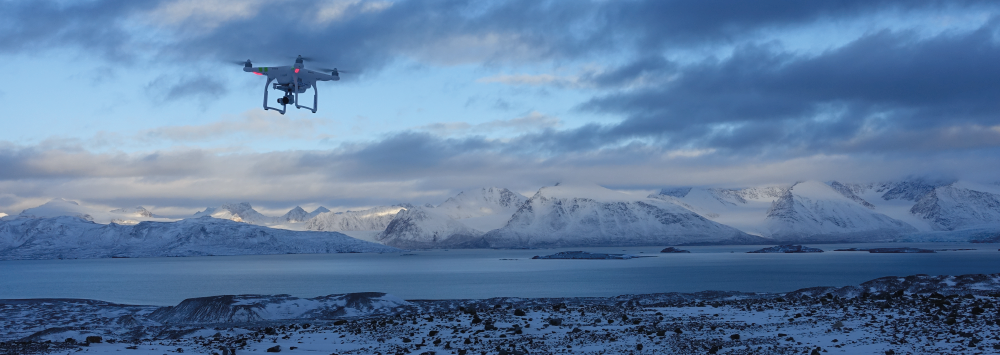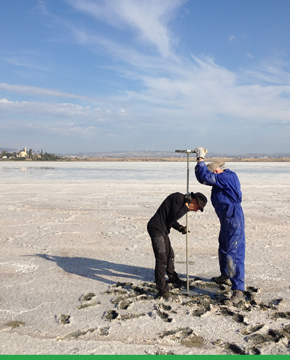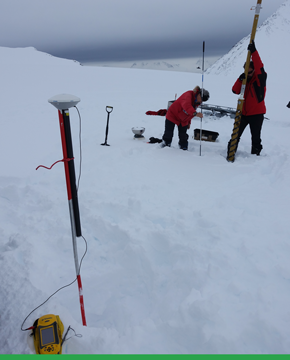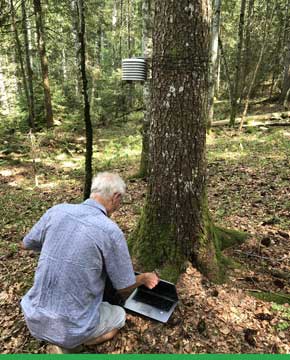
Environment and climate change
Participants in this research area are developing multidisciplinary research in geography, geomatics, archaeology, geosciences and climatology, covering broad chronological and spatial scales. The research focuses on geographical areas with severe environmental constraints or high levels of vulnerability.
Climate change in a “cold” environment
1. Spitsbergen
The Arctic has historically been an area of research for the UMR ThéMA, which is part of the GDR AREES ‘ARctique : Enjeux pour l’Environnement et les Sociétés’, which is currently being renewed. Research on the Arctic environment since the 1970s has been carried out in Svalbard, on the west coast of Spitsbergen (78°N), where France has a scientific base (IPEV). The work being carried out there focuses on the relationship between geophysical processes and contemporary climate change, which is particularly affecting the polar regions. The aim is to measure the impact of climate change on the dynamics of the cryosphere.
This includes :
– fine-scale spatio-temporal surveillance and monitoring of the Austre Lovén glacier, which is referenced in the WGMS (World Glacier Monitoring Service) international observatory.
– the monitoring of periglacial areas, and more specifically the monitoring of hydrological and geomorphological processes.
2. The Jura Arc
Considered to be cold environments representative of less northerly latitudes, work is being carried out in the Haut Jura Park as part of the Arc Jurassien Workshop Area (ZAAJ). It concerns the dynamics of the snowpack (water equivalent, spatial analysis) in a mid-mountain context, as well as local climatology. This work is being carried out in collaboration with Météo France and uses a downscaling approach based on a network of sensors specific to the forest cover in parallel with the existing Météo France stations.
This work is based on frequent field campaigns and the use of geophysical methods (LiDAR, terrestrial RADAR, tomography) coupled with geomatics and image processing (imagery, drones, remote sensing, spatial analysis).
Landscape dynamics of coastal environments during the Holocene
This aspect of ThéMA’s research addresses the centuries-old vulnerability of coastal areas to climate change, anthropic pressures and the development of maritime geographical areas. This multi-disciplinary and multi-scalar research is organized around a national and international network in the Mediterranean and the Near and Middle East.



